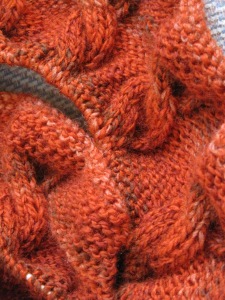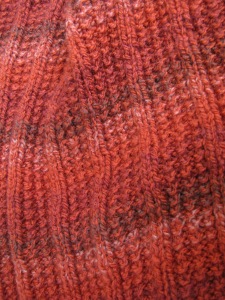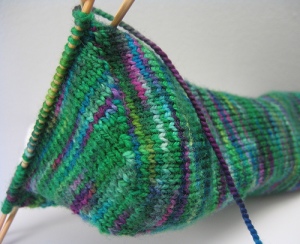Here are the first 5 writing starters for the week.
1. Find a place where you can do some serious people-watching. Pick three strangers and, one by one, imagine them saying good-bye. Decide what they are saying good-bye to–their homeland, their family, a lover, a job, a threat. What has happened to bring them to this moment? What lies ahead of them? Is the good-bye the beginning of their story or the end?
2. Draw a map. It could be of a country, a city, an island, a kingdom, a space station. Add lots of details and place names. Now send your characters on a journey through the imaginary world you have just created, making sure that they get into lots of trouble along the way.
3. Start with the sound of sirens. How does that sound affect you? What do you imagine has happened? Where has it happened? Who is affected?
4. Have your character find or receive something small enough to be held in two hands. Now create a story around that small thing that turns your character’s life upside down. Think of Bilbo and a ring, Arthur and a sword, Snow White and an apple.
5. Free write using one or all of the following words: sage, match, corner, light, border.
“What is written without effort is in general read without pleasure.” Samuel Johnson




